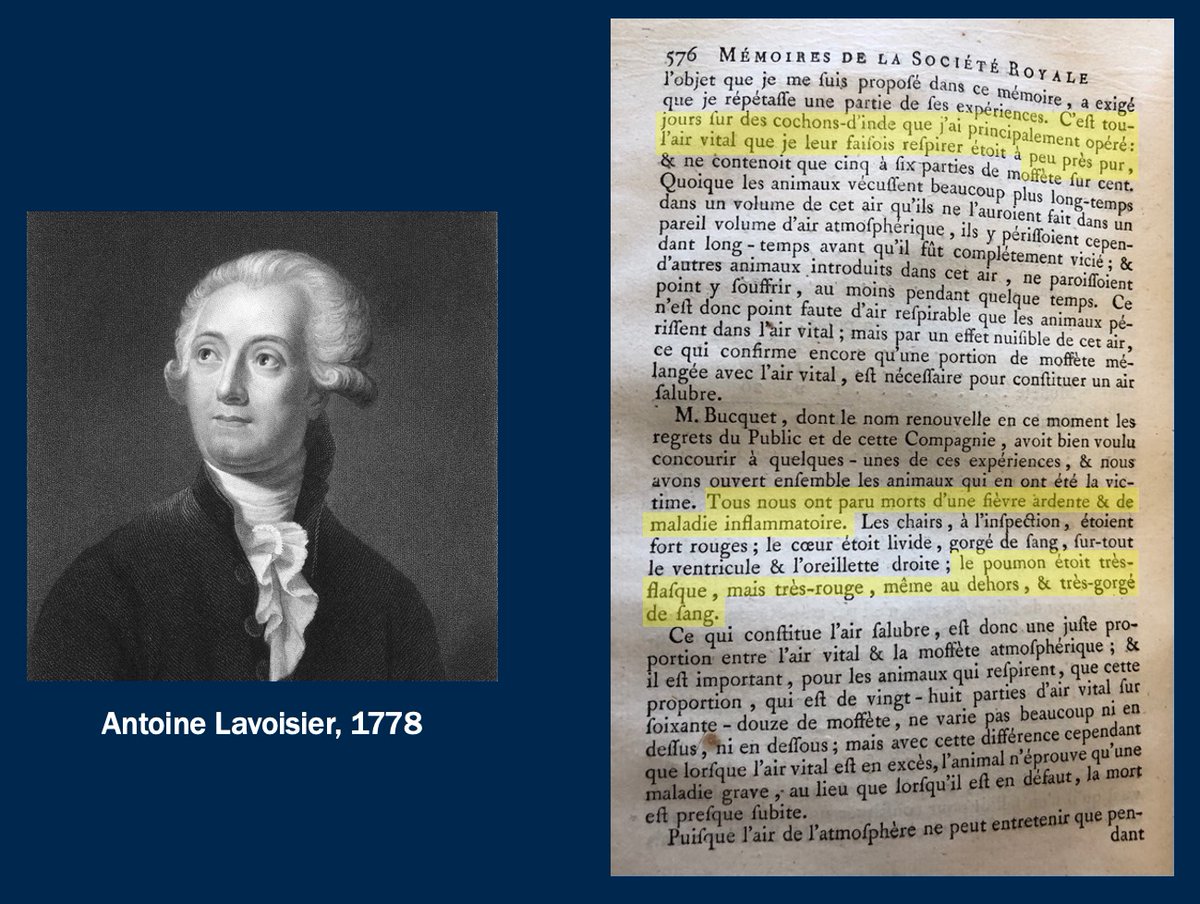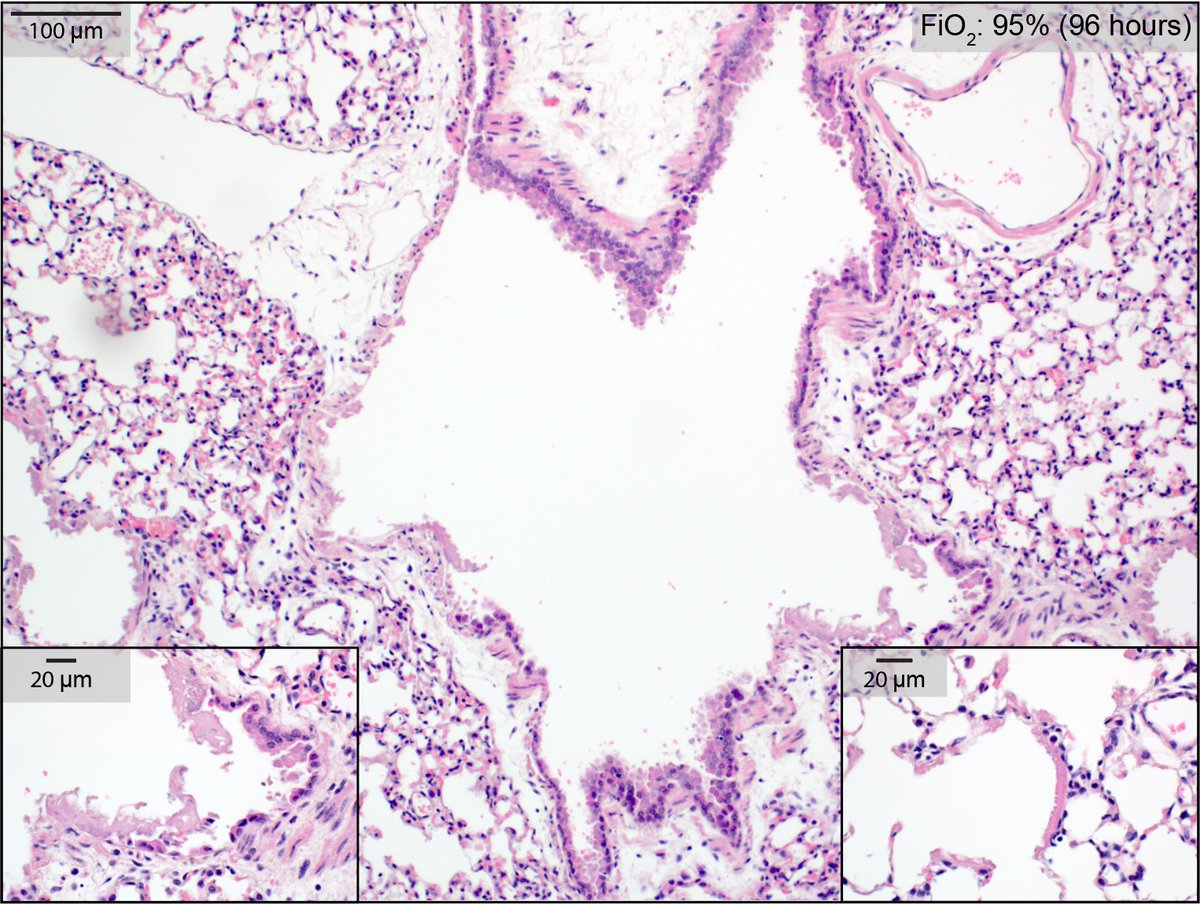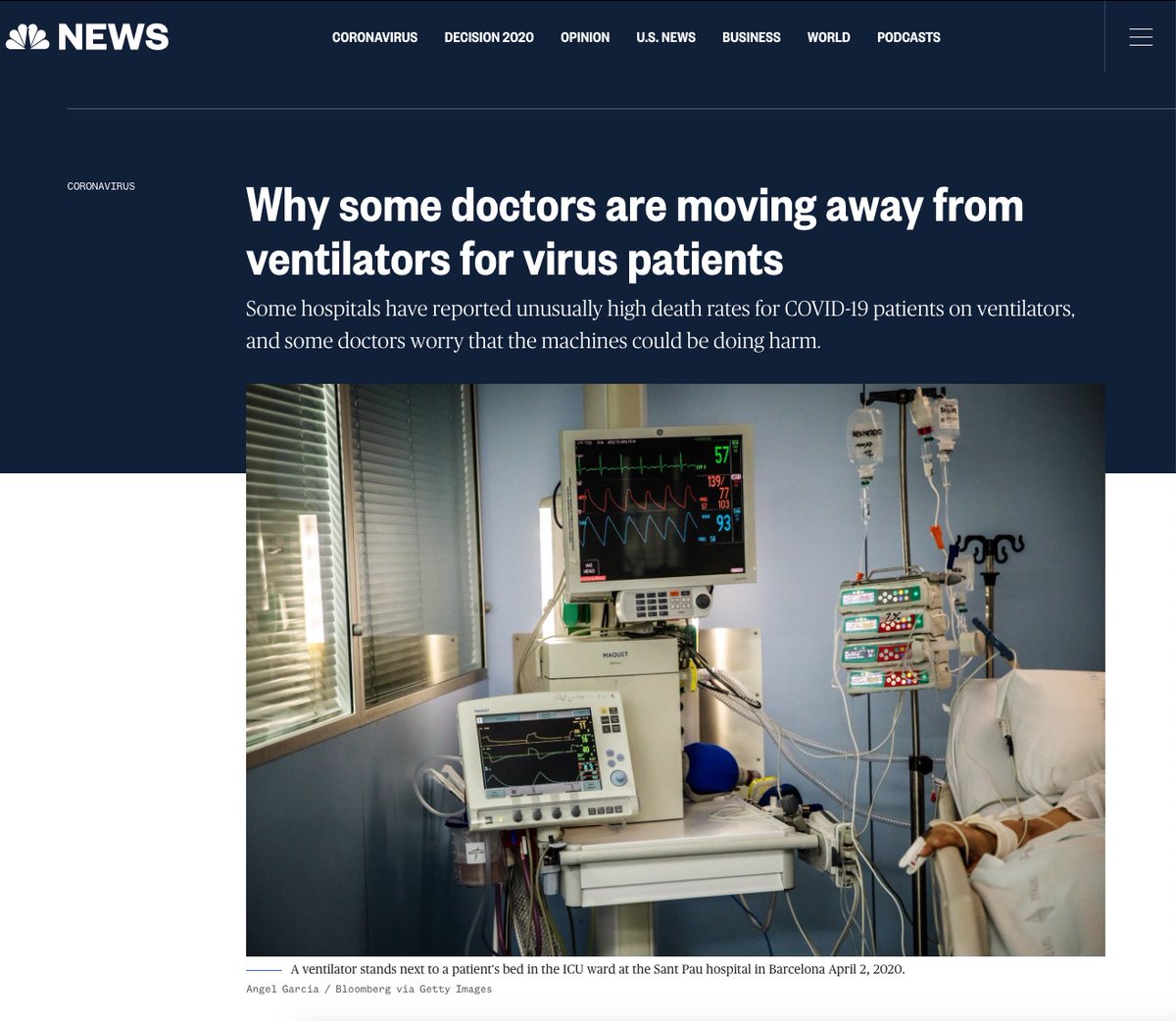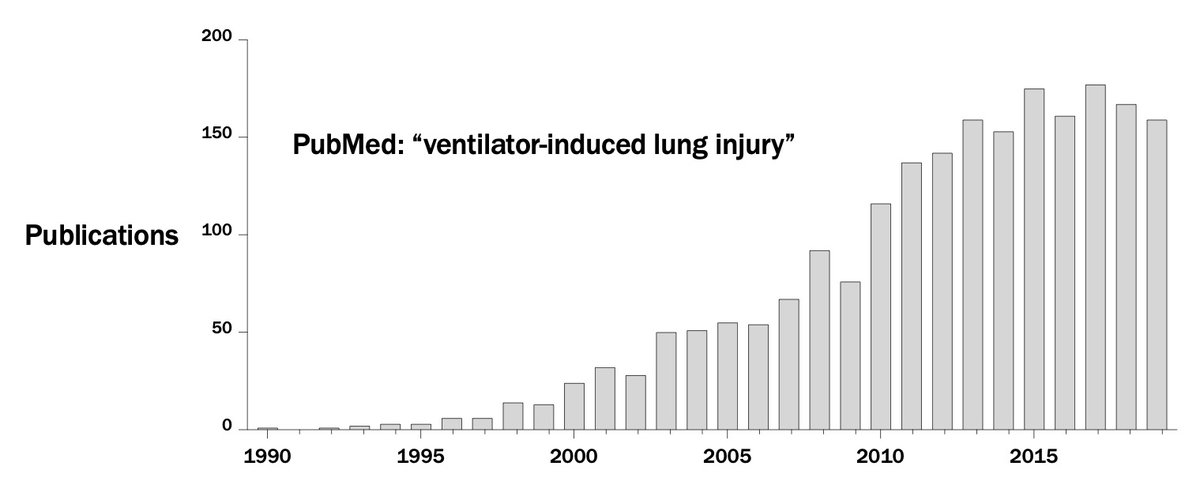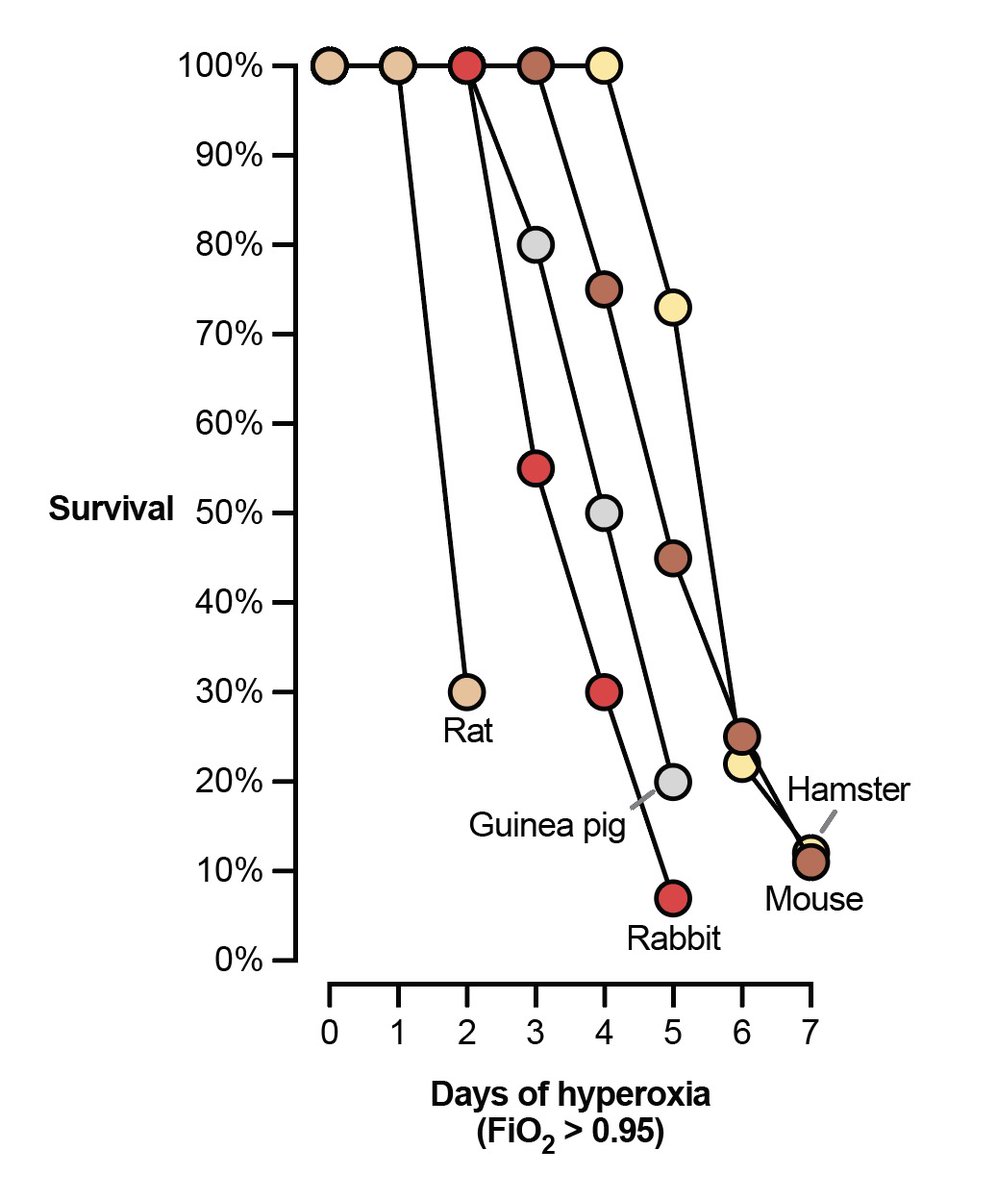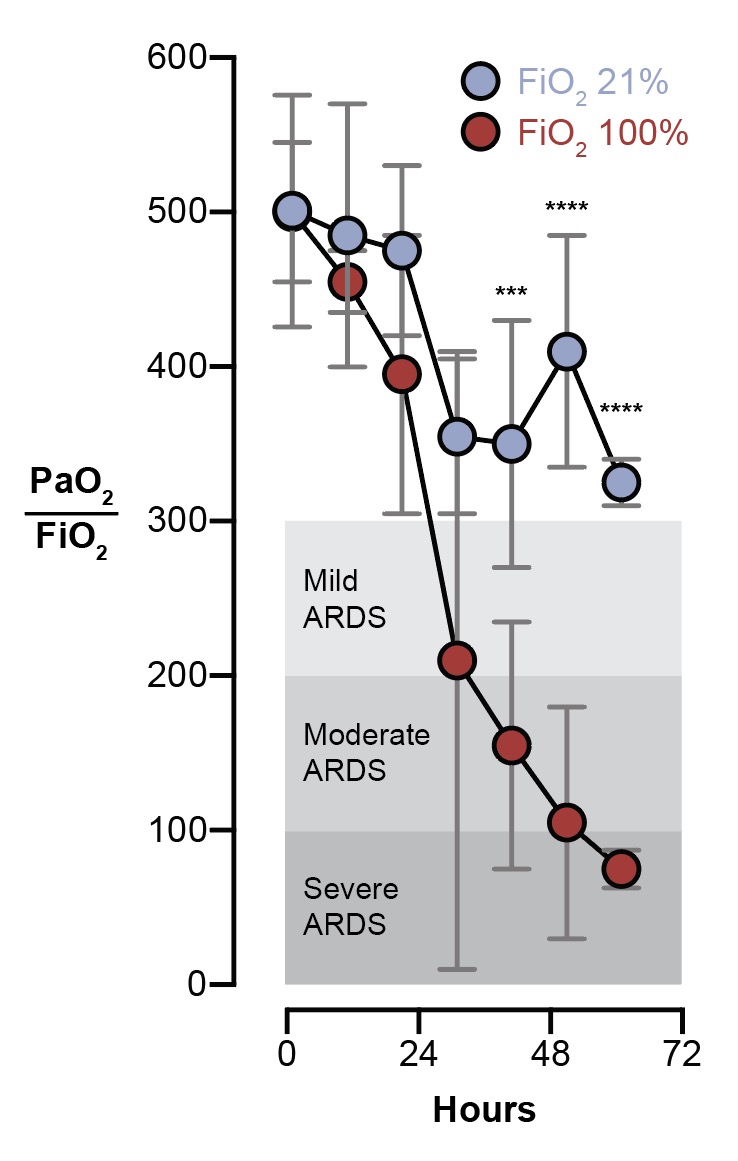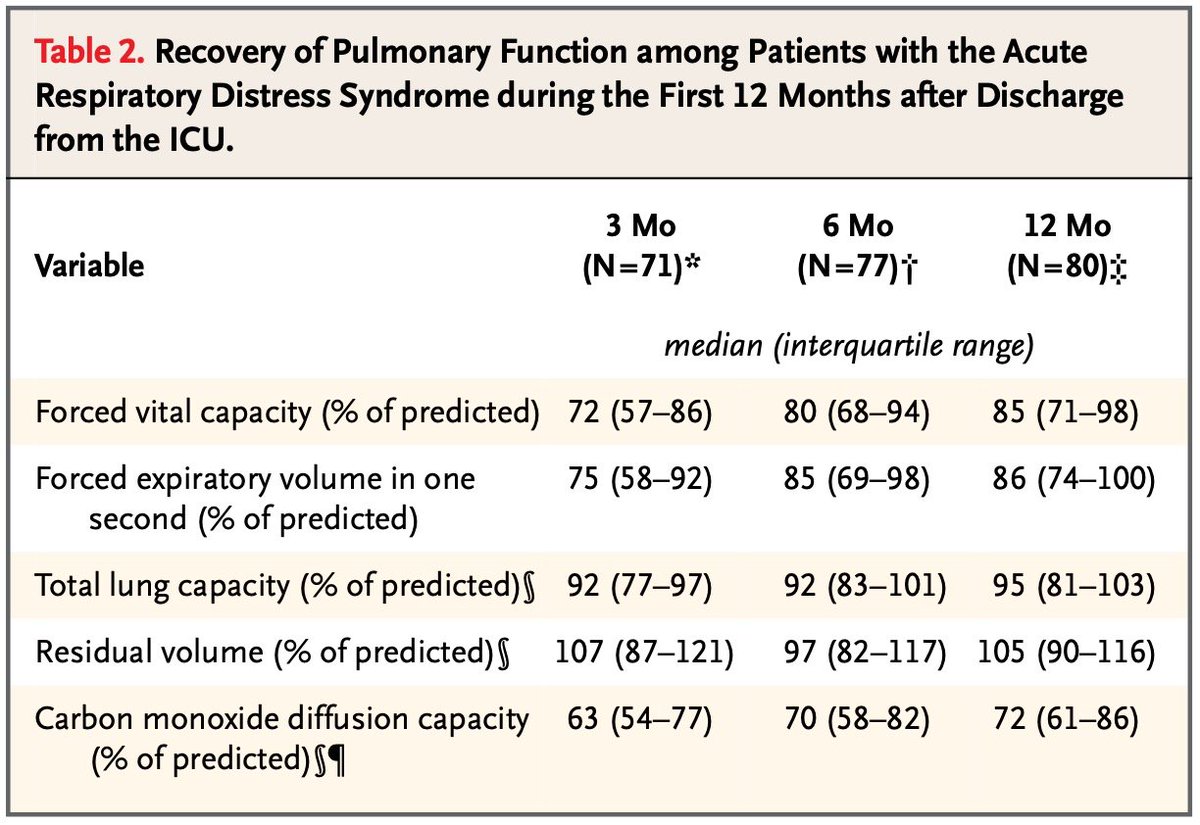Like treating cancer w/ carcinogens. Or infections w/ pathogens.
1/n
(Figure adapted from ncbi.nlm.nih.gov/pubmed/730565)
4/n
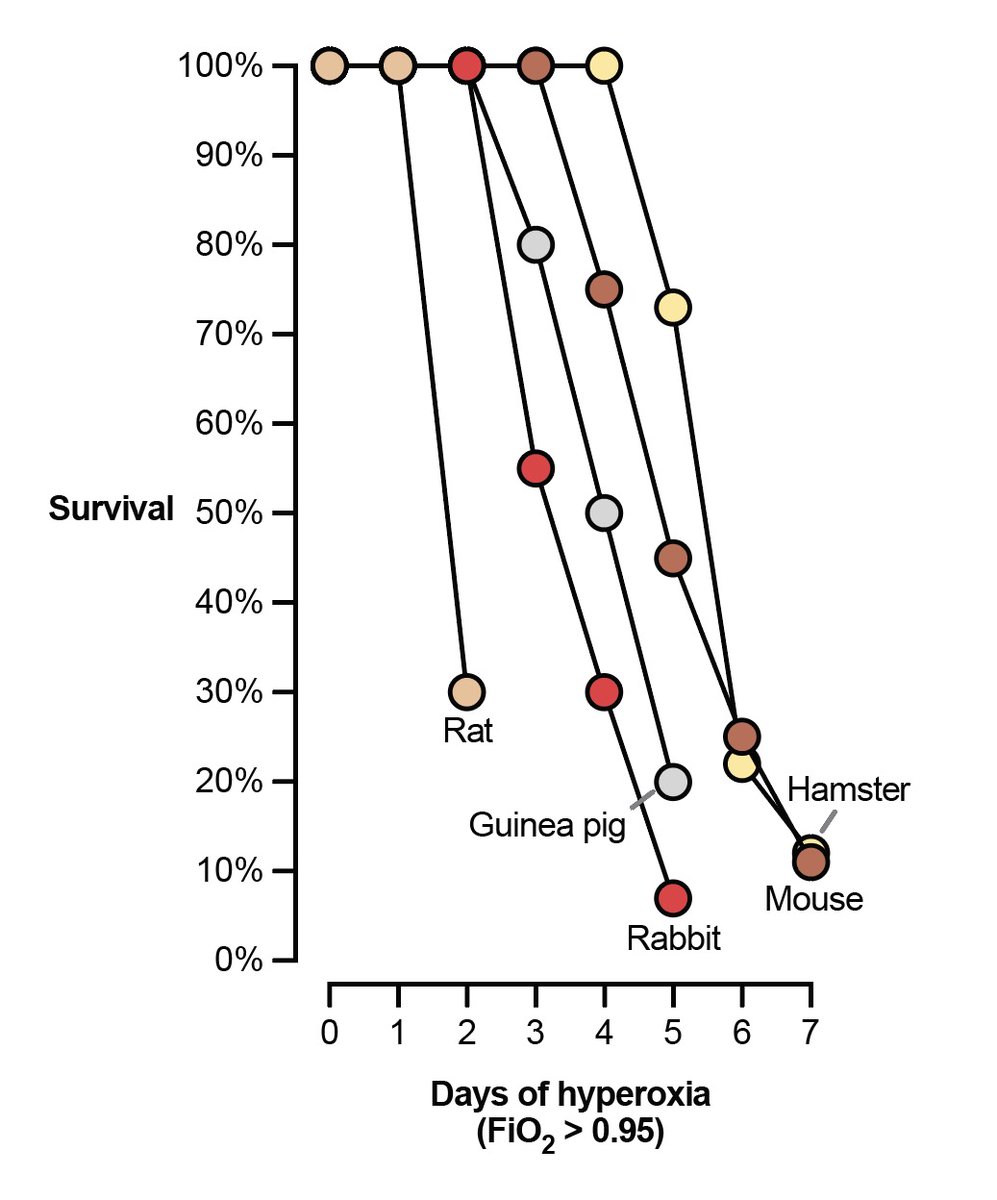
(Figure adapted from ncbi.nlm.nih.gov/pubmed/4921729)
5/n
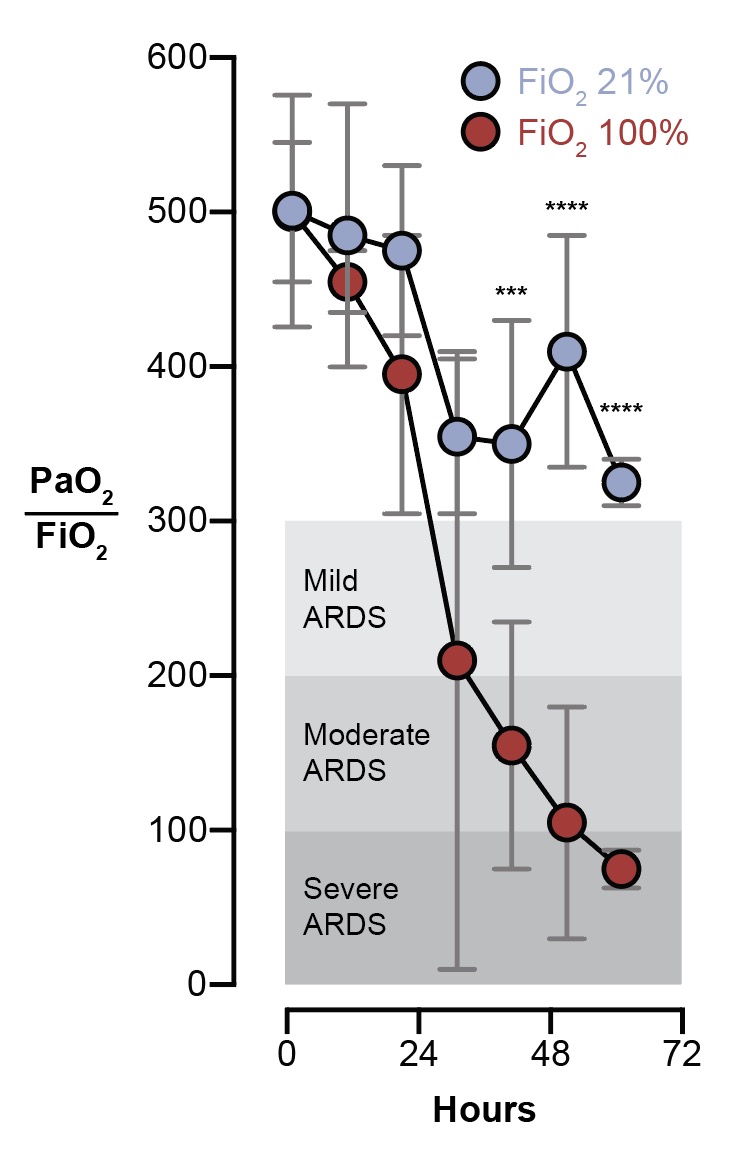
6/n
(Image from ncbi.nlm.nih.gov/pubmed/3057957... 1988!)
8/n
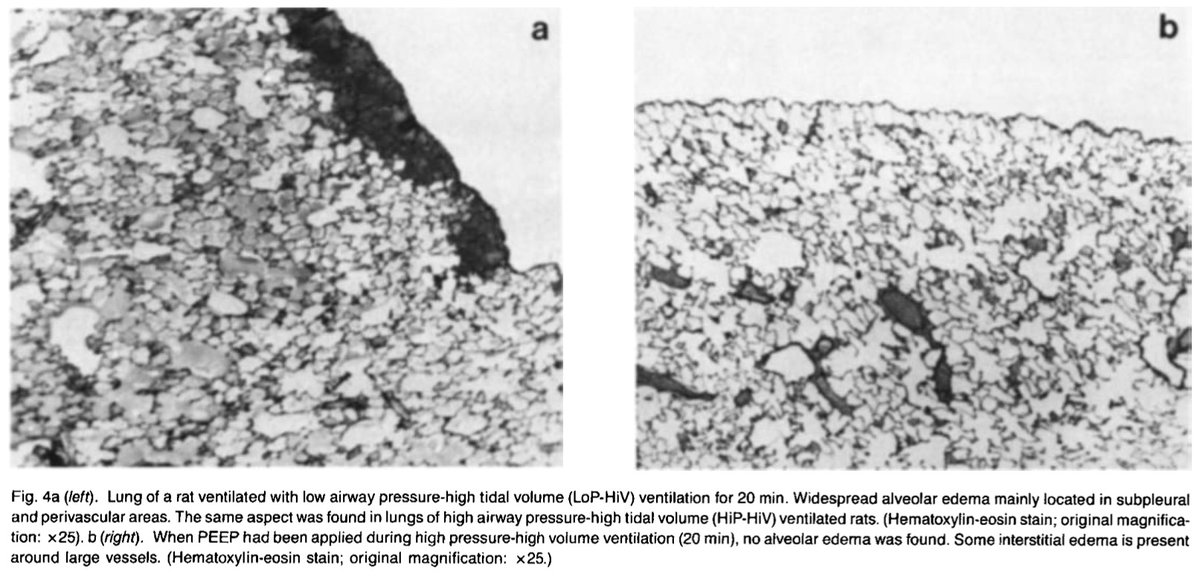
9/n
10/n
11/n
12/n
13/n
You just can't tell by looking at a patient if your intervention is hurting them.
14/n
We should be humble when predicting effects of our interventions.
academic.oup.com/bja/article/10…
15/n
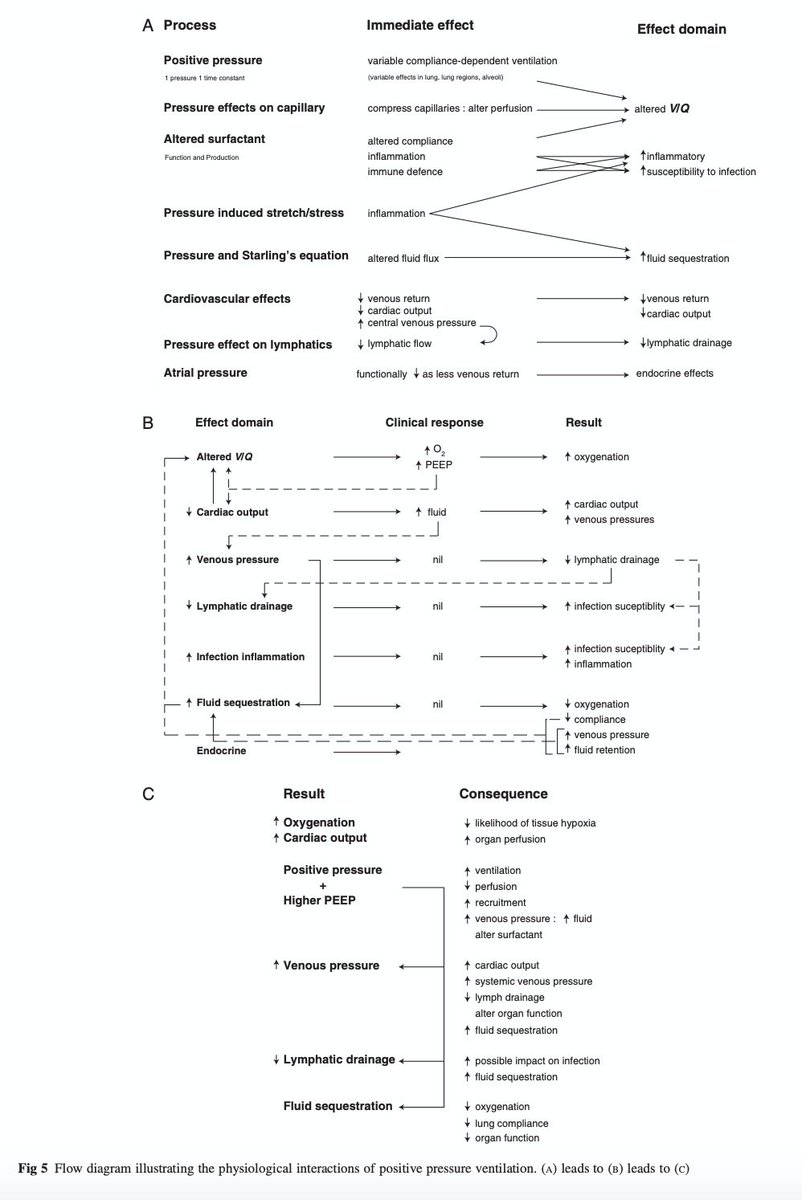
But I know that as a field, we've made steady, incremental progress in improving ARDS outcomes in recent decades. We're getting better at it.
17/n
18/n
19/19

